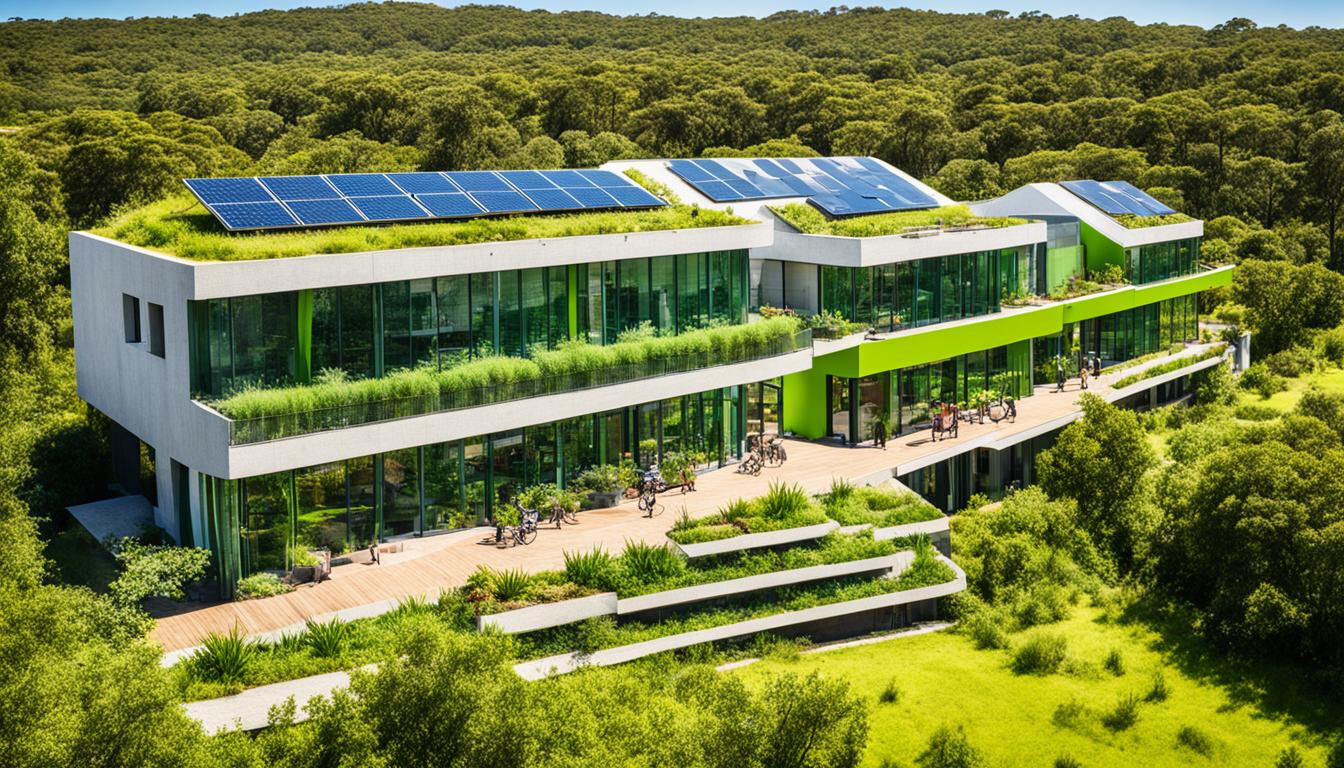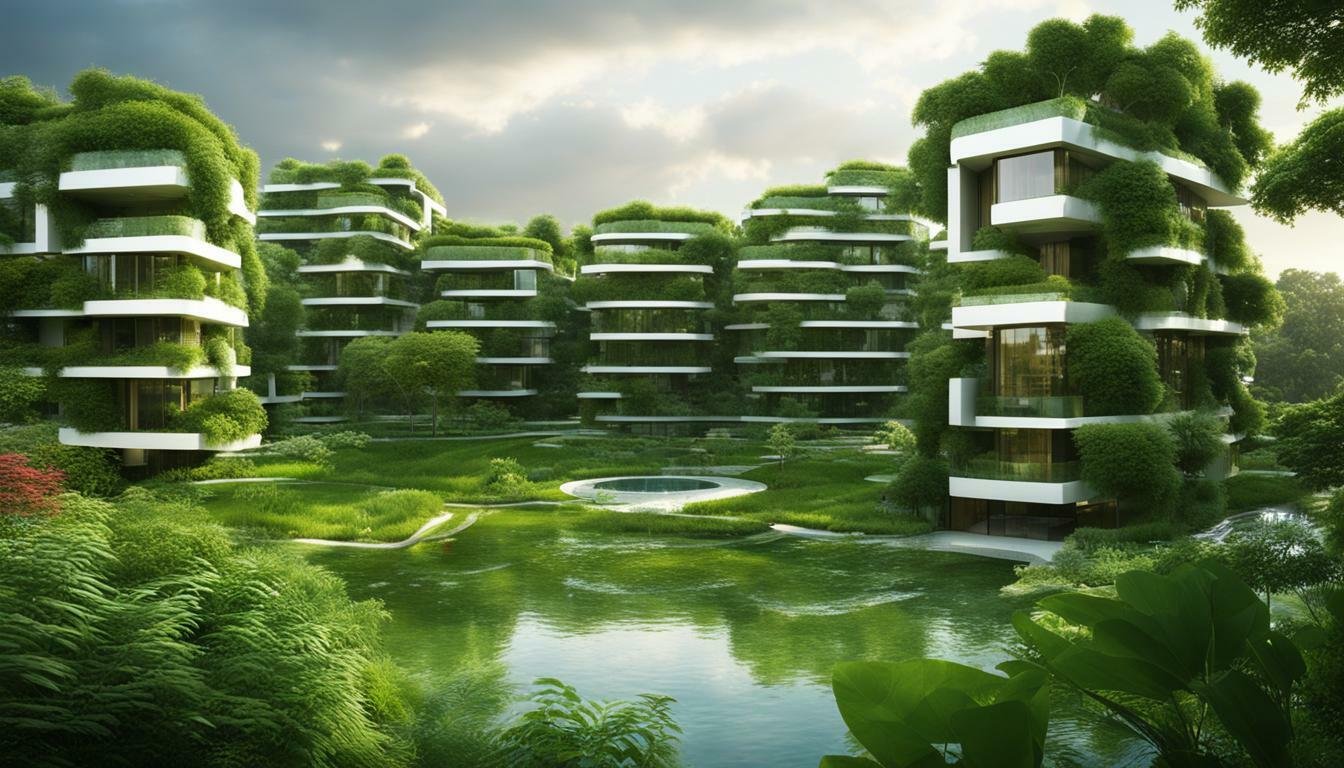Uzbekistan Top Green Buildings
Uzbekistan is making significant strides towards a greener future with its commitment to sustainable construction and design. The country has emerged as a leader in eco-friendly buildings, boasting a number of certified green projects that prioritize energy efficiency and environmental responsibility.
From innovative green building materials to cutting-edge practices, Uzbekistan is at the forefront of the green architecture movement. These efforts not only contribute to a healthier environment but also promote sustainable development and economic growth.
Key Takeaways:
- Uzbekistan is home to several certified green buildings that adhere to international standards.
- The country emphasizes sustainable construction practices and the use of eco-friendly materials.
- Energy efficiency and green building design are key priorities for Uzbekistan’s green architecture.
- Uzbekistan’s commitment to green buildings promotes environmental responsibility and sustainable development.
- The future of green buildings in Uzbekistan is bright, with increasing support and awareness.
LEED Projects in Uzbekistan
Uzbekistan is making significant strides in green building certification, with a number of LEED projects showcasing the country’s commitment to sustainable development. These projects are not only enhancing the environmental performance of buildings but also creating healthier and more energy-efficient spaces for the community.
“The Parkent Plaza residential complex in Tashkent stands as the pioneering LEED-certified green building in Uzbekistan. It incorporates various sustainable features such as energy-saving windows, noise-suppressing elevators, and an automated control system for utilities. The complex serves as a prime example of how green building practices can be integrated into residential projects, making a positive impact on both the environment and the residents’ quality of life.”
The Trilliant Business Center is another notable LEED project in Uzbekistan, currently on its way to achieving LEED Gold certification. This cutting-edge development boasts efficient office spaces and a luxurious five-star hotel, combining sustainability with modern design and functionality.
The Centre for Contemporary Art and the State Museum of Arts of Uzbekistan are also actively pursuing LEED certification. These cultural institutions recognize the importance of incorporating sustainable practices into their operations and are working towards minimizing their environmental footprint.
LEED projects in Uzbekistan demonstrate the country’s dedication to green building certification and serve as inspiring models for future sustainable construction endeavors.
Parkent Plaza Residential Complex
The Parkent Plaza residential complex in Tashkent is the first LEED-certified green building in Uzbekistan.
Trilliant Business Center
The Trilliant Business Center is a LEED Gold aspiring project that combines sustainability with modern design and functionality, offering efficient office spaces and a five-star hotel.
Centre for Contemporary Art and State Museum of Arts of Uzbekistan
The Centre for Contemporary Art and the State Museum of Arts of Uzbekistan are both in the process of obtaining LEED certification, reinforcing their commitment to sustainable practices.
BREEAM Projects in Uzbekistan
In Uzbekistan, the adoption of sustainable construction practices extends beyond LEED certification. The country is also home to notable BREEAM projects that prioritize environmental performance and resource efficiency.
The IT Park in Tashkent stands as the first technology park in Uzbekistan to achieve BREEAM certification. This remarkable achievement showcases the country’s commitment to green innovation and sustainable development. The IT Park incorporates energy-efficient materials and utilizes solar panels for clean energy generation, reducing its carbon footprint while providing a conducive environment for technological advancements.
The Uzpromstroybank Headquarters, based within the bustling Tashkent City business center, embraces green banking principles and is poised to undergo BREEAM certification. This state-of-the-art headquarters aims to merge financial excellence with environmental stewardship, promising energy-efficient operations and an eco-friendly working environment.
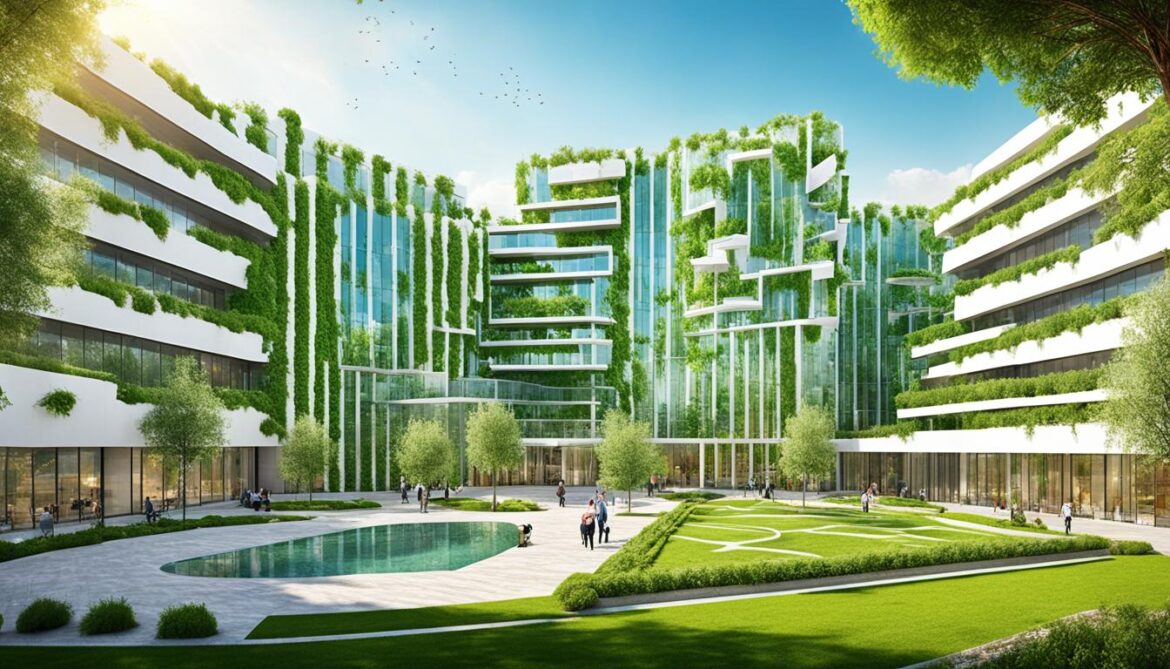
Advantages of BREEAM Certification
BREEAM is an internationally recognized sustainability assessment method that evaluates and certifies the environmental performance of buildings. It considers various factors such as energy usage, water conservation, material selection, and ecological impact.
BREEAM certification offers several benefits, including:
- Enhanced Building Performance: BREEAM promotes the use of energy-efficient technologies and sustainable design strategies, resulting in reduced energy consumption and operating costs.
- Improved Indoor Environmental Quality: BREEAM ensures buildings provide comfortable and healthy indoor environments, promoting occupant well-being and productivity.
- Sustainable Material Selection: BREEAM encourages the use of eco-friendly and responsibly sourced building materials, minimizing environmental impact and supporting the local economy.
- Positive Environmental Impact: BREEAM-certified buildings contribute to the reduction of greenhouse gas emissions and the conservation of natural resources, fostering a more sustainable future.
BREEAM projects in Uzbekistan like the IT Park and the Uzpromstroybank Headquarters showcase the country’s commitment to sustainable development and set a benchmark for green buildings in the region. These projects demonstrate that environmental responsibility can coexist harmoniously with technological advancement and financial excellence.
EDGE Projects in Uzbekistan
The NUR Residential Complex is the first project in Uzbekistan to be certified under the EDGE system. It focuses on creating a comfortable and eco-friendly space for residents. The complex consists of multiple buildings with extensive surrounding infrastructure. Designed with sustainability in mind, the NUR Residential Complex incorporates innovative features to reduce energy consumption and promote a greener lifestyle. The use of energy-efficient materials, efficient water management systems, and renewable energy sources contributes to the overall sustainability of the complex, making it a model for future development in Uzbekistan.
By implementing the EDGE certification, the NUR Residential Complex demonstrates a commitment to environmentally responsible construction practices. The EDGE system evaluates buildings based on their energy, water, and embodied energy efficiency. It provides a clear framework for achieving sustainable design and construction, helping developers, architects, and builders make informed decisions that reduce the environmental impact of their projects.
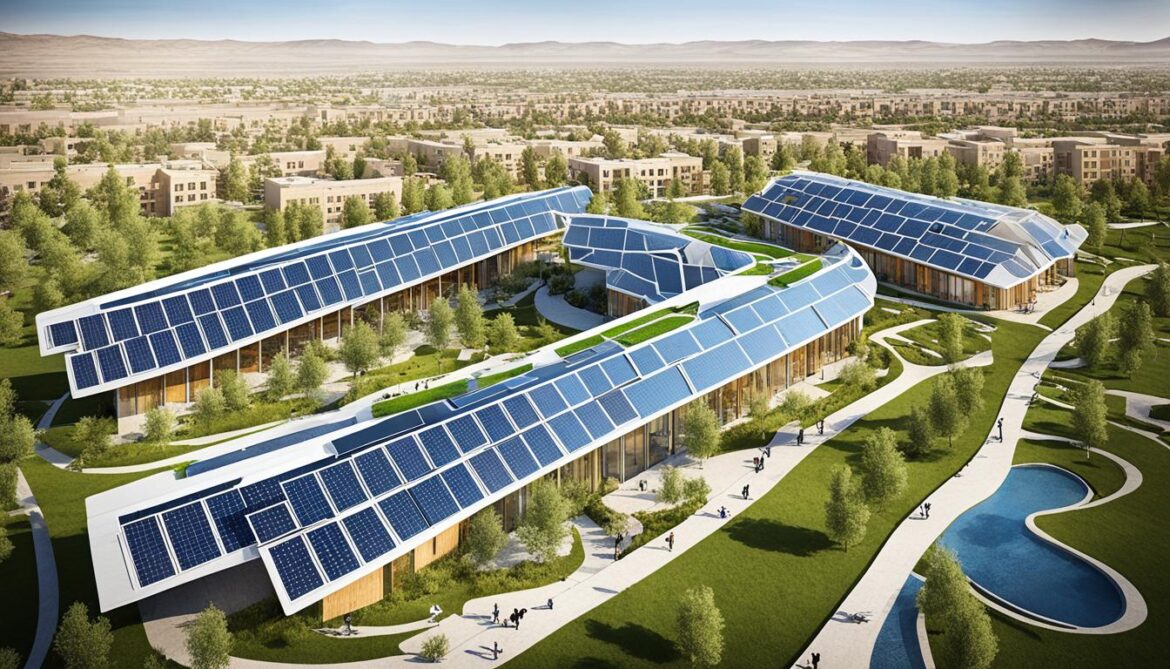
The NUR Residential Complex exemplifies eco-friendly design and construction practices.
SGS Green Building Schemes
When it comes to green building projects, SGS is a leading consultancy, assessment, and certification service provider. They offer a comprehensive range of services to support the implementation of sustainable construction practices. Their expertise extends to international standards such as LEED, BREEAM, and DGNB.
SGS understands the importance of environmentally friendly buildings and the positive impact they can have on the planet. Their team of experts is dedicated to guiding clients through the certification process, ensuring that their projects meet the stringent requirements set by the respective green building schemes.
By partnering with SGS, developers and builders can access specialized knowledge and advice to make their projects more sustainable and energy-efficient. SGS assists in every aspect of green building consultancy, from the initial design phase to the final certification, providing guidance on best practices, sustainable materials, and energy-saving technologies.
“With SGS Green Building Schemes, you can be confident that your project is not only meeting the highest environmental standards but also benefiting from the global recognition and credibility that comes with certification.”
LEED Consultancy
LEED (Leadership in Energy and Environmental Design) is one of the most widely recognized green building certification systems worldwide. SGS offers LEED consultancy services to help clients navigate the complex requirements and documentation processes needed for certification. Their expertise ensures that projects meet the necessary criteria for sustainability, energy efficiency, and environmental performance, enabling them to achieve LEED certification.
BREEAM Consultancy
BREEAM (Building Research Establishment Environmental Assessment Method) is another popular green building certification scheme. SGS provides BREEAM consultancy services to assist clients in incorporating sustainable design principles and practices into their projects. From energy-efficient building materials to waste management strategies, SGS guides clients towards BREEAM certification, highlighting their commitment to creating eco-friendly buildings.
DGNB Consultancy
DGNB (Deutsche Gesellschaft für Nachhaltiges Bauen) is a German sustainable building certification system. SGS offers DGNB consultancy services, helping clients navigate the DGNB certification process. They provide guidance on sustainable design, resource efficiency, and healthy indoor environments, ensuring projects meet the rigorous standards set by DGNB.
SGS is committed to promoting sustainable development through their Green Building Schemes consultancy services. They empower clients to create environmentally responsible buildings that not only minimize their carbon footprint but also provide healthier and more comfortable spaces for occupants.

World Bank Funding for Energy Efficiency in Public Buildings
The World Bank has approved funding to support a project aimed at improving the energy efficiency of public buildings in Uzbekistan. This funding is a significant step towards promoting sustainable development and reducing energy consumption in the country’s buildings sector.
The project will focus on enhancing the institutional and regulatory framework in the buildings sector, enabling better governance and coordination. By strengthening the institutional framework, Uzbekistan aims to create a conducive environment for the implementation of energy-efficient measures in public buildings.
This initiative will also pave the way for attracting clean energy investments in Uzbekistan. By improving energy efficiency in the buildings sector, the country will reduce its reliance on fossil fuels and transition towards cleaner and more sustainable energy sources.
“The World Bank’s funding for energy efficiency in public buildings is a significant milestone for Uzbekistan’s sustainable development goals. This investment will not only reduce energy consumption but also contribute to a healthier and greener built environment.”
By implementing energy-efficient measures in public buildings, Uzbekistan has the potential to significantly reduce energy consumption and lower greenhouse gas emissions. This project aligns with the country’s commitment to the Paris Agreement and its pursuit of a more sustainable future.
To visualize the impact of World Bank funding for energy efficiency in public buildings, the table below highlights key aspects of the project:
| Funding Source | Project Focus | Expected Outcomes |
|---|---|---|
| World Bank | Energy Efficiency in Public Buildings |
|
With the support of the World Bank, Uzbekistan is taking a significant step towards achieving its energy efficiency goals. By investing in energy-efficient public buildings, the country is not only reducing its environmental impact but also creating a more sustainable and resilient infrastructure for future generations.
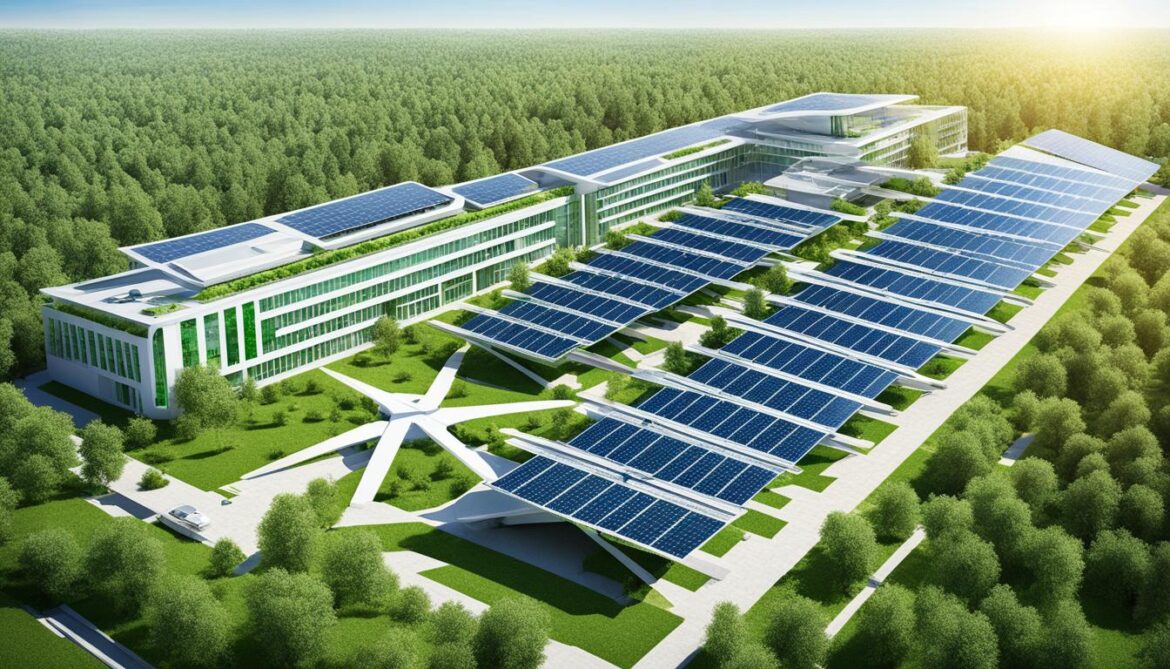
Energy Consumption in Uzbekistan’s Buildings Sector
The buildings sector in Uzbekistan plays a significant role in the country’s overall energy consumption, accounting for a staggering 50% of the total final energy usage. Within this sector, public buildings such as schools and hospitals contribute a significant portion of the energy consumed.
Heating is one of the primary areas where energy is consumed in these public buildings. As the temperatures drop during Uzbekistan’s cold winters, the demand for heating increases, resulting in a substantial energy usage. This reliance on heating systems has a considerable impact on energy consumption, leading to both environmental and economic challenges.
However, there is immense potential for energy savings in Uzbekistan’s public buildings through the implementation of energy-efficient measures. By integrating energy-efficient technologies and practices, such as insulation, efficient HVAC systems, and smart building management systems, the energy consumption can be significantly reduced.
Investing in energy efficiency in public buildings not only leads to cost savings but also contributes to the country’s sustainability goals. By reducing energy consumption, Uzbekistan can reduce its carbon footprint and move towards a more sustainable future.
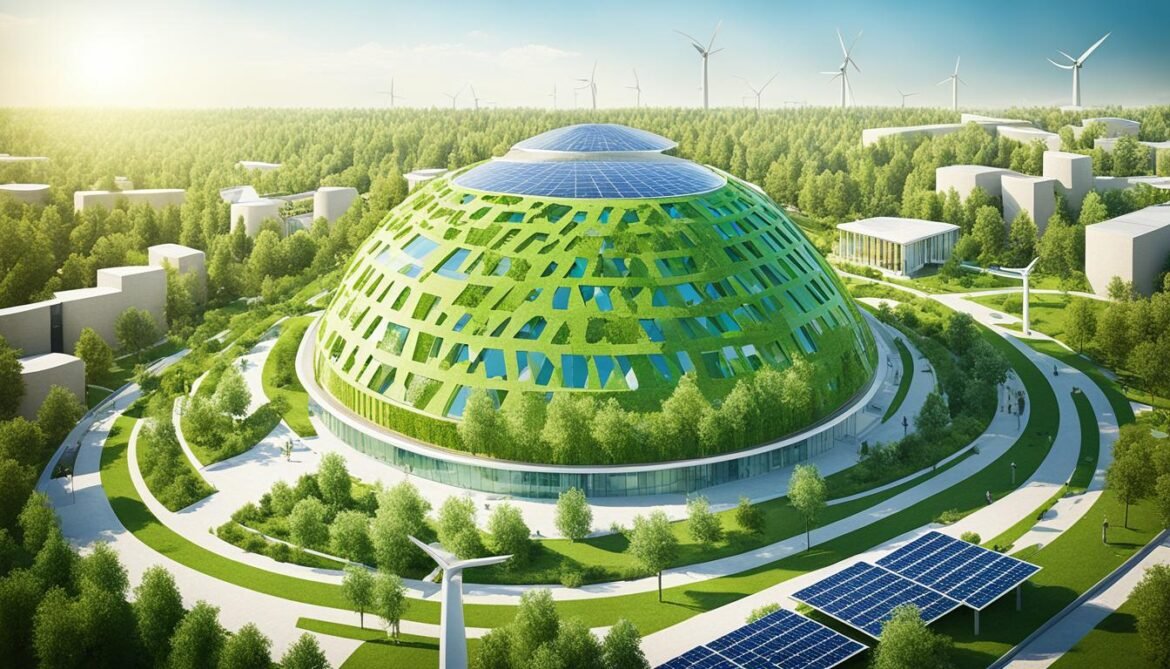
Investing in energy efficiency in public buildings not only leads to cost savings but also contributes to the country’s sustainability goals. By reducing energy consumption, Uzbekistan can reduce its carbon footprint and move towards a more sustainable future.
Benefits of Green Buildings
Green buildings offer numerous benefits, including cost savings, increased productivity, and reduced environmental impact. They optimize the use of resources and contribute to a healthier and more sustainable built environment.
Cost Savings: Green buildings are designed to be energy-efficient, which leads to significant cost savings in terms of utility bills. By incorporating features such as solar panels, efficient insulation, and smart energy management systems, green buildings can reduce energy consumption and lower operational costs. These savings can be substantial over the long term, benefiting both building owners and occupants.
Increased Productivity: Green buildings prioritize occupant comfort and well-being. By providing healthier indoor air quality, abundant natural light, and thermal comfort, green buildings create a conducive environment for productivity. Studies have shown that employees working in green buildings report higher levels of satisfaction, better cognitive function, and increased productivity.
“The sustainable design and features of green buildings have a positive impact on the health, well-being, and productivity of occupants.”
Reduced Environmental Impact: Green buildings focus on minimizing their environmental footprint. They incorporate sustainable materials, promote recycling and waste reduction, and utilize renewable energy sources. By adopting efficient water and energy management systems, green buildings help conserve natural resources and reduce greenhouse gas emissions. This contributes to mitigating climate change and creating a more sustainable future.
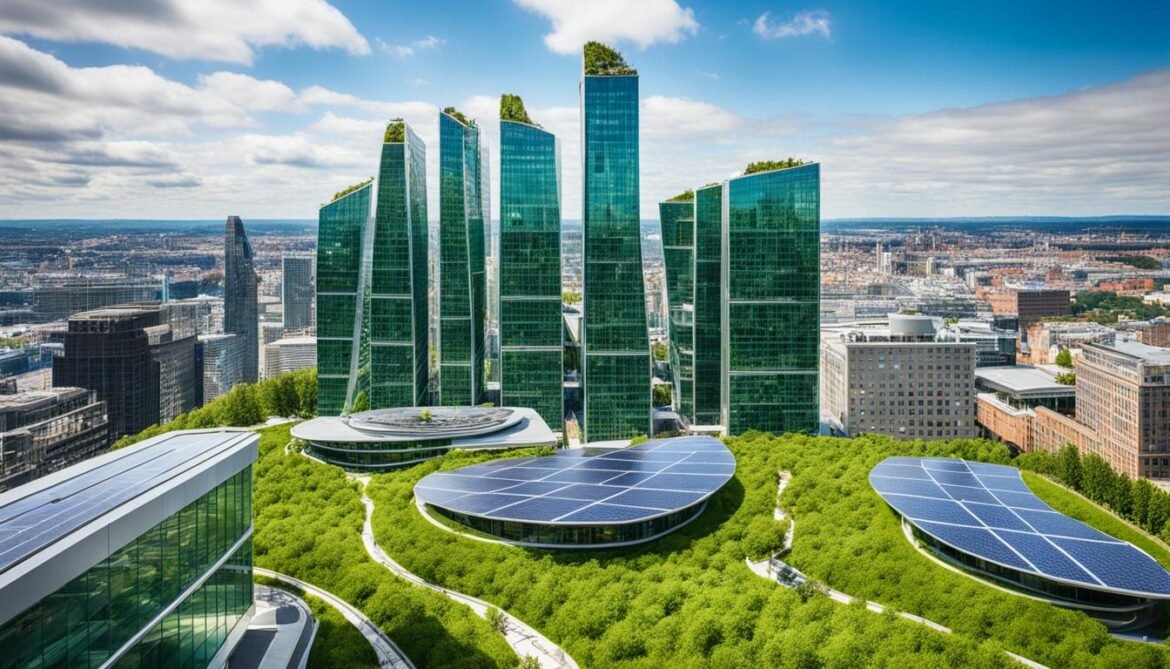
Sustainable Design and Construction Practices
Sustainable design and construction practices are essential for creating a built environment that is both environmentally friendly and conducive to human well-being. By optimizing resource use and minimizing negative impacts on the environment and human health, these practices play a vital role in promoting sustainability in the construction industry.
Eco-friendly building materials are central to sustainable design and construction practices. These materials are sourced responsibly, produced with minimal waste and emissions, and have a reduced negative impact on the environment. Examples of eco-friendly building materials include recycled materials, locally sourced materials, and those with low carbon footprints.
Implementing energy-efficient systems is another crucial aspect of sustainable design and construction practices. By reducing energy consumption, buildings can minimize their carbon footprint and contribute to a greener future. Energy-efficient systems can include efficient insulation, solar panels, smart lighting, and HVAC systems, among others.
Green building practices encompass a wide range of strategies aimed at reducing environmental impact and promoting sustainability. Some common green building practices include rainwater harvesting, waste reduction and recycling programs, and the integration of green spaces and plantings into building designs.
By adopting sustainable design and construction practices, builders and developers can create buildings that are not only aesthetically pleasing but also minimize their environmental impact and contribute to a healthier, more sustainable future.
Key Features of Sustainable Design and Construction Practices:
| Eco-Friendly Building Materials | Energy-Efficient Systems | Green Building Practices |
|---|---|---|
| Recycled materials | Efficient insulation | Rainwater harvesting |
| Locally sourced materials | Solar panels | Waste reduction and recycling programs |
| Low carbon footprint materials | Smart lighting | Integration of green spaces |
Certification and Standards for Green Buildings
Green buildings play a crucial role in promoting sustainability and environmental responsibility. To ensure that buildings meet specific criteria for sustainability, energy efficiency, and environmental performance, they can undergo certification according to various international standards. The most well-known green building certification systems include LEED, BREEAM, and EDGE.
LEED Certification
The Leadership in Energy and Environmental Design (LEED) certification is recognized worldwide as a mark of excellence in green building. It is administered by the U.S. Green Building Council (USGBC) and evaluates buildings based on their energy efficiency, water usage, indoor environmental quality, and material selection. LEED-certified buildings demonstrate a commitment to reducing carbon emissions and minimizing environmental impact.
BREEAM Certification
The Building Research Establishment Environmental Assessment Method (BREEAM) is a widely used green building certification system developed in the United Kingdom. BREEAM assesses buildings based on various factors, including energy efficiency, water usage, waste management, and ecological impact. It provides a comprehensive framework for sustainable building design and construction, promoting best practices in environmental performance.
EDGE Certification
The Excellence in Design for Greater Efficiencies (EDGE) certification is a global green building standard developed by the International Finance Corporation (IFC). EDGE focuses on resource-efficient design and aims to reduce operational costs and environmental impact. It evaluates buildings based on energy, water, and material-saving strategies, enabling cost-effective and sustainable construction.
“Green building certification systems such as LEED, BREEAM, and EDGE provide a roadmap for sustainable development and assist in creating healthier, more efficient buildings.”
Obtaining green building certification demonstrates a commitment to environmental responsibility and sustainable practices. It not only benefits building owners and occupants but also contributes to a greener future for the planet.
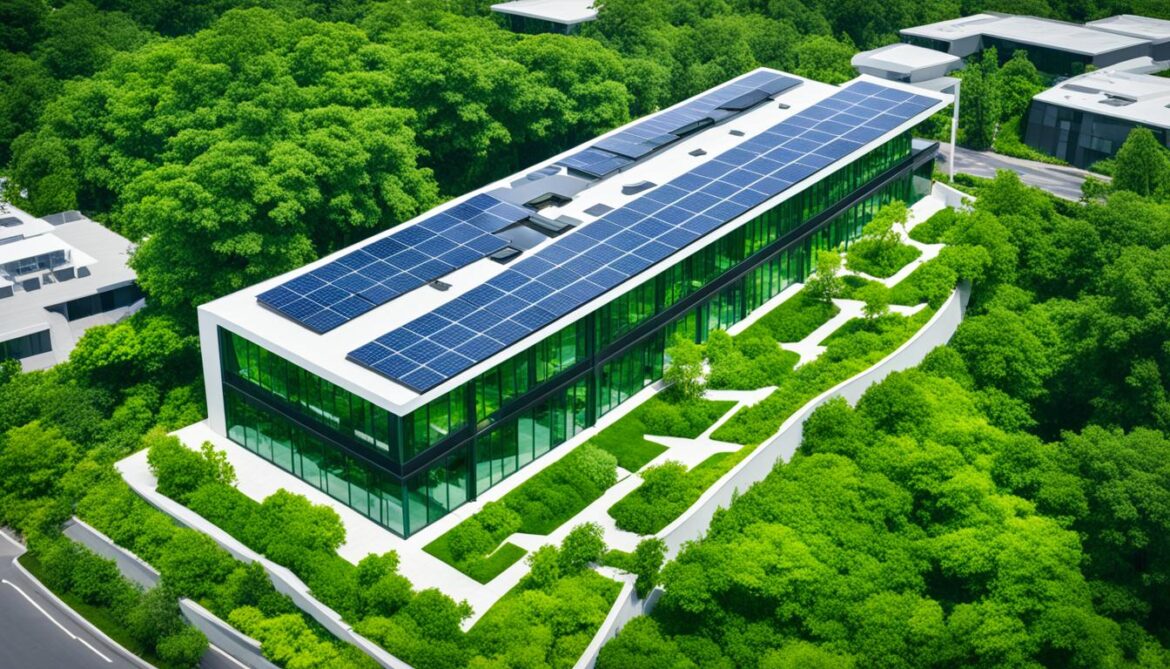
| Criteria | LEED | BREEAM | EDGE |
|---|---|---|---|
| Energy Efficiency | ✓ | ✓ | ✓ |
| Water Usage | ✓ | ✓ | ✓ |
| Material Selection | ✓ | ✓ | ✓ |
| Indoor Environmental Quality | ✓ | ✓ | – |
| Waste Management | – | ✓ | – |
| Ecological Impact | – | ✓ | – |
By adhering to these certification systems, green buildings contribute to a sustainable and eco-friendly future. They showcase how environmentally friendly design and construction can create healthier, more efficient spaces that benefit both people and the planet.
Future of Green Buildings in Uzbekistan
The future of green buildings in Uzbekistan is bright, with a growing focus on sustainable development and the adoption of eco-friendly architecture and design. As the country recognizes the importance of environmental conservation and energy efficiency, green building trends are expected to shape the urban landscape and contribute to a more sustainable future for Uzbekistan.
With increasing awareness about the benefits of green buildings, there is a rising demand for sustainable construction practices that prioritize resource efficiency, reduce carbon emissions, and create healthier indoor environments.
Uzbekistan’s commitment to sustainable development is evident in its efforts to promote green building projects and initiatives. The government is actively supporting the construction of environmentally friendly buildings, incentivizing developers to incorporate energy-efficient systems, renewable energy sources, and green building materials.
One of the key drivers of green building trends in Uzbekistan is the desire to reduce the environmental impact of the buildings sector. By implementing sustainable practices and technologies, such as rainwater harvesting, efficient insulation, and smart building management systems, green buildings can significantly reduce energy consumption, water usage, and waste generation.
The Role of Innovative Eco-Friendly Architecture
In addition to sustainable construction practices, the future of green buildings in Uzbekistan will witness the emergence of innovative eco-friendly architecture. Architects and designers are exploring new possibilities to blend aesthetics with sustainability, creating buildings that harmonize with the natural environment and reflect the local culture.
Eco-friendly architecture encompasses various design principles, such as passive solar design, natural ventilation, and green roofs, to minimize the ecological footprint of buildings. These architectural elements not only contribute to energy efficiency but also enhance the overall comfort and well-being of occupants.
Furthermore, the integration of renewable energy systems, such as solar panels and wind turbines, into the design of green buildings will play a crucial role in achieving energy independence and reducing reliance on fossil fuels.
The Impact on Sustainable Development
The future of green buildings in Uzbekistan is closely intertwined with the country’s sustainable development goals. By investing in green building practices and technologies, Uzbekistan aims to create a sustainable built environment that improves the quality of life for its citizens and reduces its ecological footprint.
Green buildings not only contribute to environmental conservation but also have economic benefits. Energy-efficient buildings result in significant cost savings in terms of energy consumption and maintenance. Additionally, green buildings can enhance productivity and occupant satisfaction, creating healthier and more comfortable spaces.
As Uzbekistan continues to prioritize sustainable development, it is likely to witness a proliferation of green building projects across the country. These projects will not only enhance the urban landscape but also serve as models for sustainable construction practices and inspire further advancements in eco-friendly architecture.
Conclusion
The growth of green buildings in Uzbekistan is a testament to the country’s commitment to sustainable architecture and design. With several certified projects showcasing sustainable practices, Uzbekistan is moving towards a more environmentally friendly built environment.
The government’s support for green initiatives, combined with adherence to international standards and access to funding, has been instrumental in driving the development of green buildings in the country. These buildings not only reduce their environmental impact but also offer a range of benefits, including improved energy efficiency, cost savings, and enhanced occupant well-being.
As the awareness of sustainable development continues to increase, Uzbekistan is poised to see even more green building projects in the future. The adoption of innovative and eco-friendly architecture and design principles will contribute to the country’s overall sustainable development goals.





